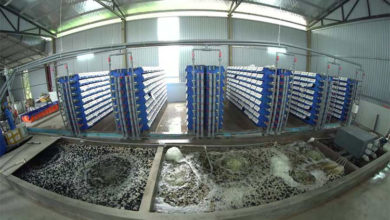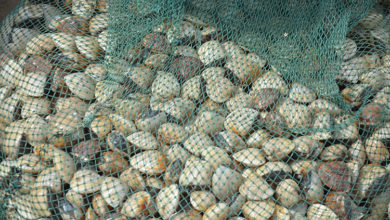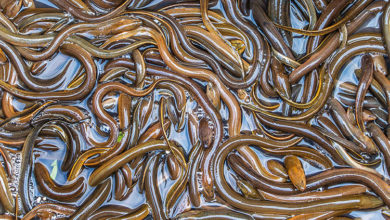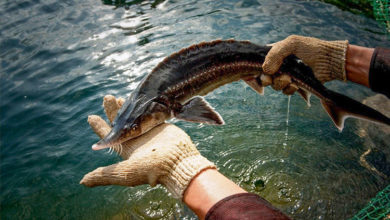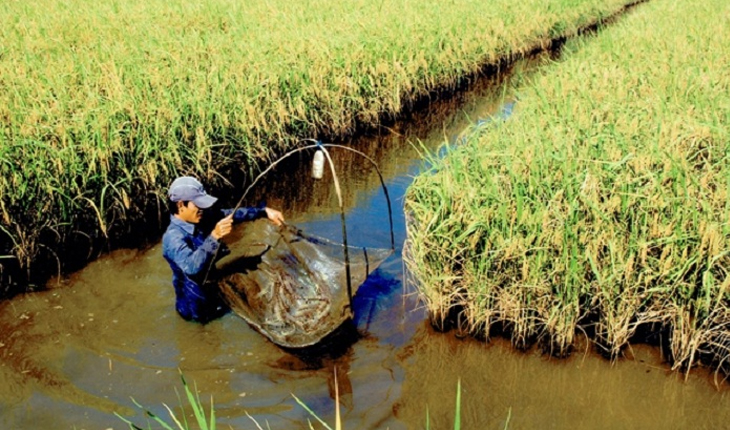Prevention and treatment of freshwater fish diseases
Timely prevention and treatment of freshwater fish health is an effective way to create sustainable economic efficiency.
According to the Research Institute for Aquaculture No. 1, Decision No. 434/QD-TTg dated March 24, 2021, dangerous diseases in freshwater fish are TiLV disease, Streptococcus infection in tilapia, Spring viraemia of carp (SVC) disease, Koi herpesvirus (KHV) disease, and Infectious haematopoietic necrosis virus (IHNV) disease in salmon.
Tilapia, red tilapia
During the 2022-2024 period, results of monitoring pathogens on tilapia and red tilapia in the Northern region showed common and dangerous pathogens. For periodic monitoring results, the rate of disease-infected samples was low for bacteria (3.2%), parasites (1.6%), TiLV (1.5%), and fungi (0.5%), respectively.
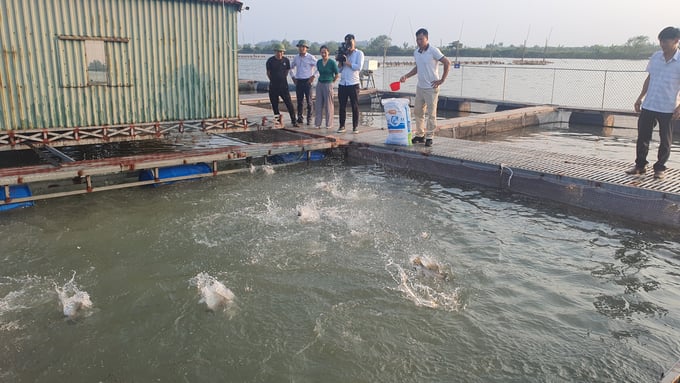
Meanwhile, for samples with typical pathological manifestations such as haemorrhage, bulging eyes, decreased appetite, and fluid accumulation in the intestines, the highest rate of infection is for bacteria (51%), followed by parasites (23%), TiLV (18%), and fungus (the lowest of 8%). Dead fish appear sporadically throughout the year, concentrated in June-September.
In the 2022-2024 period, tilapia infected with TiLV was detected in Bac Ninh, Hanoi, Hai Duong, Yen Bai, and Vinh Phuc during the period from March to August. However, no disease or mortality was recorded when fish were infected with TiLV.
Traditional fish
Traditional fish species such as carp, grass carp, hypophthalmichthys, mud carp, etc. are raised in cages on rivers, reservoirs, and ponds. Monitoring results in the 2022–2024 period showed that carp and grass carp infected with bacterial agents have circulating bacterial agents Aeromonas hydrophila and Aeromonas sobria, with infection rates of 18.56–21.94% and 3.23–6.59%, respectively. KHV agent was detected in carp at a rate of 2.73%. No samples of carp and grass carp contaminated with SVC were detected.
Coldwater fish
Salmon and sturgeon have been recoginized as the most farmed coldwater fish. Coldwater fish production is mainly concentrated in the northernmost provinces of Lao Cai, Yen Bai, and Lai Chau. In addition, culture of coldwater fish is being developed in the Central Highlands.
Results of monitoring dangerous pathogens in coldwater fish in the 2023-2024 period showed that sturgeon and salmon are infected with all three bacterial genera: Aeromonas spp., Streptococcus spp., and Edwardsiella spp., with an infection rate of 2–36%. The bacterial agent Aeromonas spp. has the highest infection rate in salmon and sturgeon, which is 36% and 31.3%, respectively. Monitoring results also showed the circulation of the IHNV virus in salmon, with an infection rate of 5.6%.
Prevention and treatment strategies
Seed quality is strictly quarantined; Strengthen monitoring, supervision, and warning of environmental quality in farming areas and close monitoring of pathogens. Guide on compliance with regulations and conditions of farming facilities (water, wastewater, waste according to regulations, stocking season, etc.).
Recommend people to apply adequate pond management and care (VietGAP, GlobalGAP).
Continue to focus on research into the production of vaccines and herbal treatment to proactively prevent diseases and minimize antibiotics.
For coldwater fish farming areas, it is necessary to increase research on the application of recirculating farming systems to limit the impact of water shortages (in the North in February-May every year). Research on the production of probiotics for coldwater fish farming and reduce antibiotic use.
VMF


